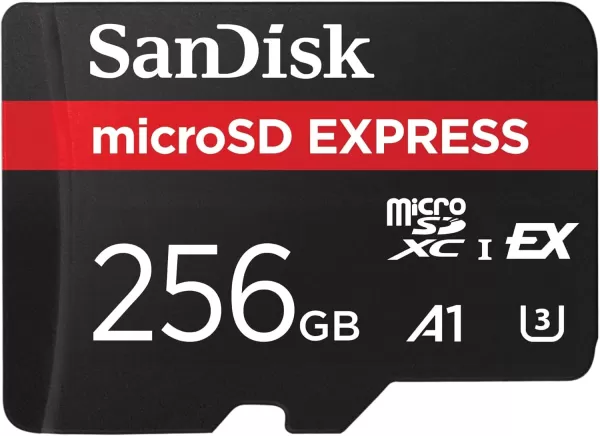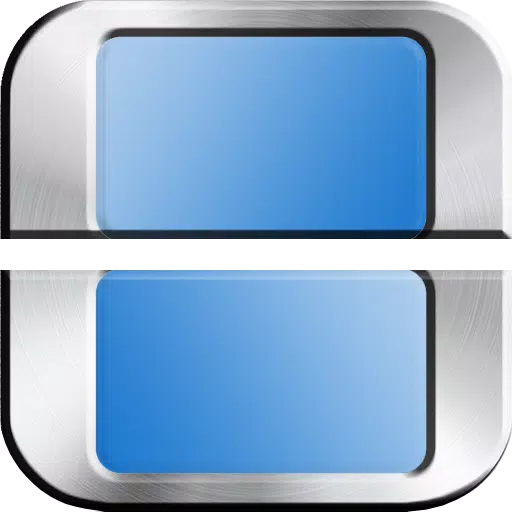Last week, Nintendo unveiled the Nintendo Switch 2, revealing that it exclusively supports expansion through MicroSD Express cards. While this news might be disappointing for those with existing MicroSD collections, it's a logical move due to the superior speed of MicroSD Express. These cards leverage a connection method that mirrors the Universal Flash Storage (UFS) of the Switch 2’s internal storage, allowing games on the expansion card to load just as quickly as those stored internally, albeit at the expense of compatibility with older, slower MicroSD cards.
MicroSD vs. MicroSD Express
MicroSD cards have evolved significantly over the years, progressing through six speed ratings. They began with a modest 12.5MB/s speed and advanced to SD UHS III, reaching 312MB/s. The game-changer came with the introduction of the SD Express standard five years ago, which significantly boosted performance. The key advancement here is the adoption of the PCIe 3.1 interface over the slower UHS-I, the same interface used by high-speed NVMe SSDs. This allows full-sized SD Express cards to achieve transfer speeds up to 3,940MB/s. MicroSD Express cards, though not as fast, still offer impressive speeds up to 985MB/s, tripling the speed of the fastest non-Express MicroSD cards.
Why Does the Switch 2 Require MicroSD Express?
Although Nintendo typically keeps its hardware decision-making close to the chest, the necessity for MicroSD Express cards on the Switch 2 is clear: speed. A game stored on a MicroSD Express card will load much faster than one on a traditional UHS-I MicroSD card, thanks to the PCIe 3.1 interface. This requirement hints at future trends in handheld gaming PCs as well. The internal storage of the Switch 2 has been upgraded to UFS from eMMC, aligning with the need for similarly fast external storage. Early demos suggest significant load time improvements, from 35% faster fast travel in games like Breath of the Wild, according to Polygon, to a threefold initial load improvement as measured by Digital Foundry. These enhancements could be attributed to faster internal storage or improved CPU and GPU capabilities. The point is, Nintendo needs its external storage to keep pace, ensuring that future games requiring faster disks aren't hindered by slower SD cards.
Moreover, this move paves the way for even faster storage solutions in the future. The current fastest SD card standard, SD 8.0 Specification, supports full-size SD Express cards up to 3,942MB/s. While MicroSD Express cards aren't there yet, they could reach these speeds in the coming years, provided the Switch 2 can support them.
MicroSD Express Capacity Options
Despite their potential, MicroSD Express cards have seen a slow adoption rate, but this is expected to change with the Switch 2's launch. Currently, options are limited. Lexar offers a single MicroSD Express card in 256GB, 512GB, and 1TB sizes, with the 1TB variant priced at $199. On the other hand, SanDisk provides a MicroSD Express card with a maximum capacity of 256GB, matching the internal storage of the Switch 2. As the Switch 2 hits the market, expect an increase in available MicroSD Express cards, especially from companies like Samsung, as demand grows.

Lexar Play Pro MicroSD Express
See it at Amazon

SanDisk MicroSD Express 256GB
See it at Amazon



 LATEST ARTICLES
LATEST ARTICLES 












